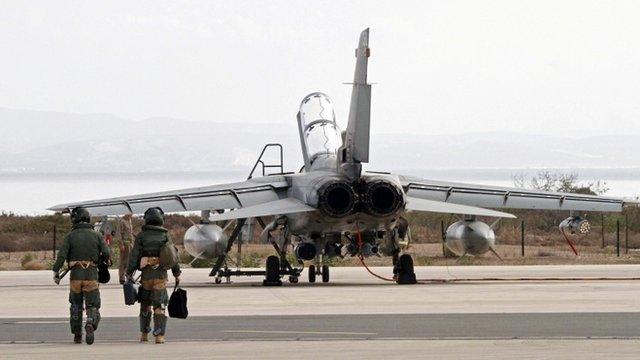Defence review: 10,000 troops could tackle terror attacks - PM
- Published
- comments
PM David Cameron says investment is needed to "ensure our future prosperity and security"
Up to 10,000 troops could be deployed in the UK in the event of a Paris-style attack, David Cameron has said, as he announced £12bn extra defence spending.
The PM said ministers wanted to replace the Trident nuclear deterrent, but the estimated cost had risen and completion been put back until "the early 2030s".
The number of civilians employed by the MoD is to be reduced by almost 30% by the end of the Parliament, he added.
Dai Hudd, the Prospect union general secretary, called this "devastating".
Setting out the government's Strategic Defence and Security Review, external (SDSR), Mr Cameron announced plans for investment in two 5,000-strong "strike brigades", additional F-35 jets, maritime patrol aircraft and high-altitude drones.
It comes after he held talks with French President Francois Hollande following the 13 November attacks in Paris, carried out by so-called Islamic State (IS) militants, which left 130 people dead.
Belgian police have charged a man with involvement in the attacks.
New cost of replacing Trident nuclear submarines
£31bn
-
In case costs overrun, the government will also set aside £10bn
-
Previous estimates put the cost at up to £25bn
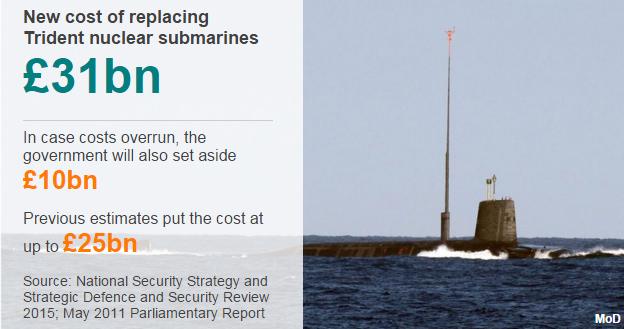
Laying out the government's £178bn defence-spending plans for the next decade, the PM announced:
The UK's four ballistic missile submarines will be replaced, costing £31bn - up £6bn on previous estimates
Plans for nine Boeing P8 maritime patrol aircraft, replacing the scrapped Nimrod aircraft
Two additional Typhoon squadrons and the purchase of 24 new F35 fighter aircraft by 2023
A reduction in the number of new Type 26 anti-submarine warfare frigates being built - from 13 to eight
More than 20 new Protector drones, more than doubling the number of Reaper aircraft they replace
An extra £2bn on weapons and helicopters for special forces, including the SAS
Funding for 1,900 more spies across MI5, MI6 and GCHQ and an extra £1.9bn to be spent on cyber-security
"Strike brigades" sourced from existing Army numbers and equipped to deploy across the globe
£85m a year in enhancing BBC services around the world
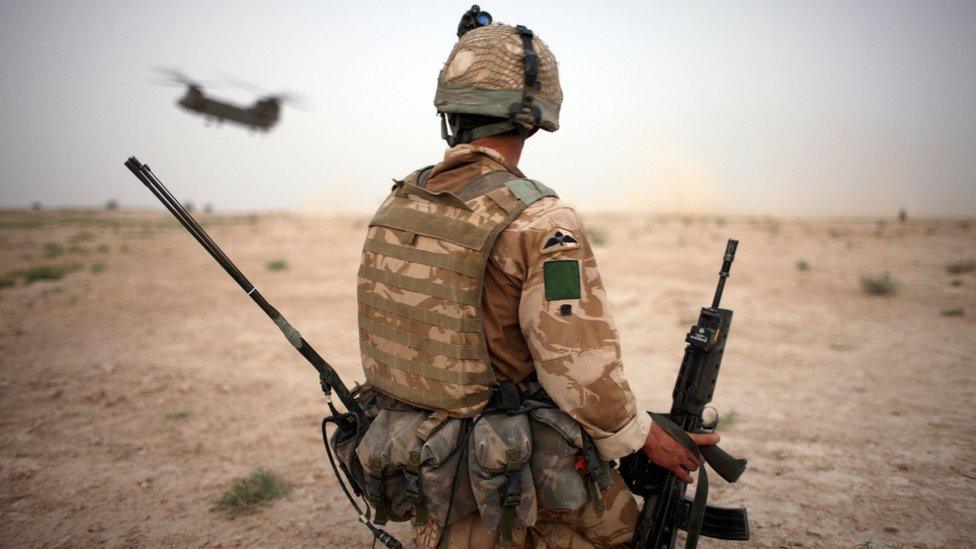
The increase in equipment spending takes total defence spending to £178bn over the next decade
'Devastating news'
Mr Cameron told MPs the government had "no way of knowing" what will happen over the next five years, saying: "We must expect the unexpected.
"But we can make sure that we have the versatility and the means to respond to new risks and threats to our security as they arise."
He said he would make the case to MPs for extending air strikes against IS targets from Iraq into Syria on Thursday.
However, Labour leader Jeremy Corbyn asked the prime minister how he would apply "lessons learned in Libya, Iraq, Afghanistan and elsewhere" to the escalating conflicts in Iraq and Syria.
Liberal Democrat leader Tim Farron said "only this government could create a 'rapid reaction force' and will take 10 years to react".
Meanwhile, Angus Robertson, the SNP's leader in Westminster, hit out at plans to replace Trident, labelling it a "super expensive vanity project".
The latest defence announcements follow the 2010 defence review, when spending was cut by 8% - with Harrier jump jets, the HMS Ark Royal, planned Nimrod spy planes and thousands of jobs axed.

Analysis

By Jonathan Beale, BBC defence correspondent
Equipment axed in the last review is being replaced with knobs on.
The Boeing P8 is the maritime patrol aircraft the RAF always wanted; the two new aircraft carriers will be the biggest warships to sail in the Royal Navy.
But the cuts to the overall size of the armed forces are not being reversed - at least significantly.
The forces are already struggling with recruitment in certain specialist branches. The Navy wanted more than 2,000 extra sailors to crew its new carriers.
It'll have to settle with a modest increase of 400.
Manpower is the most important asset for the military. Retaining highly-trained and motivated personnel is every bit as important as the kit.

Boeing P8
-
4,500 miles (7,200 km) maximum range without refuelling
-
490 knots (910km/h; 560mph) maximum speed
-
28 P-8A Poseidon aircraft in use by the United States
-
2 other countries, India and Australia, have variants of the aircraft in use or on order
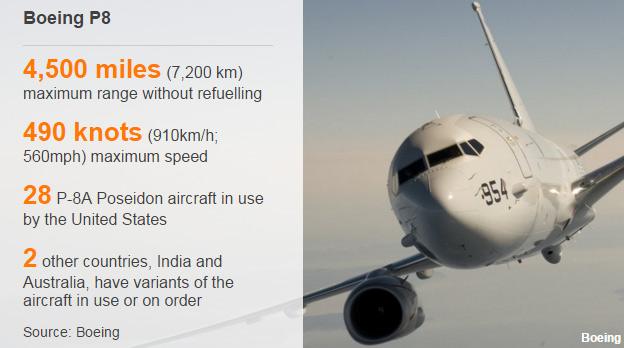
Chancellor George Osborne had already announced the purchase of new fighter jets would be accelerated, making 24 F35 Joint Strike Fighter aircraft available - rather than the eight previously planned eight - on the UK's two new aircraft carriers by 2023.
The nine Boeing P8 sea patrol aircraft will be based at RAF Lossiemouth and used for maritime surveillance, anti-submarine and anti-surface ship warfare.

What is the Strategic Defence and Security Review?
The government's foremost document on defence strategy
Together with the National Security Strategy (NSS) report, it reviews threats to the UK and what capabilities the nation's military needs to respond
The 2010 SDSR made significant changes to the configuration of the armed forces and announced major equipment cuts

Mr Osborne pledged in his summer Budget to meet Nato's target of spending 2% of national income on defence every year, up to 2020.
That means spending on defence will rise in real terms - 0.5% above inflation - every year during the current Parliament.
Meanwhile, the chancellor has refused to rule out cuts to the number of front-line police officers, but says Wednesday's Spending Review will see a 30% increase in the counter-terrorism budget.
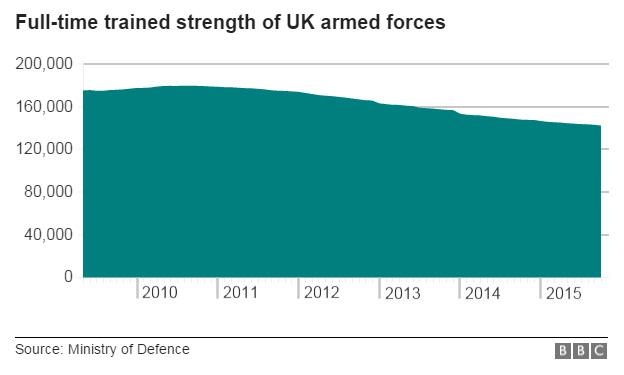
- Published23 November 2015
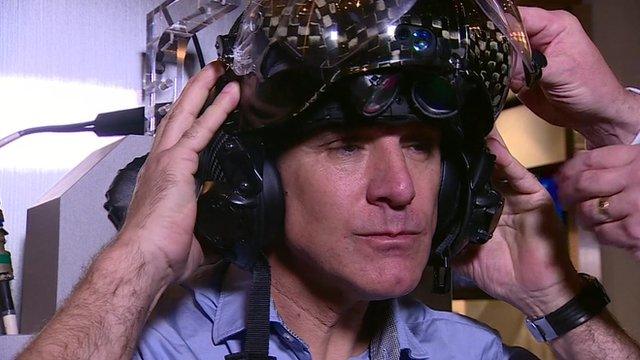
- Published29 July 2015
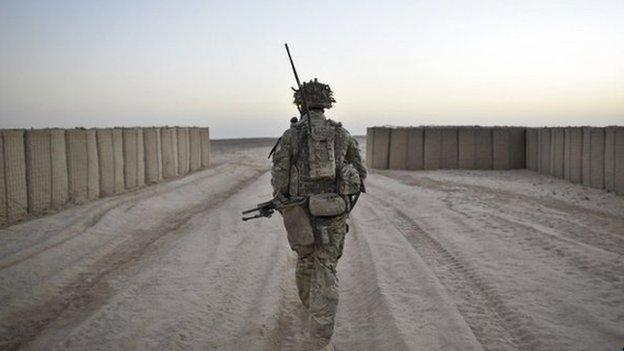
- Published23 May 2015
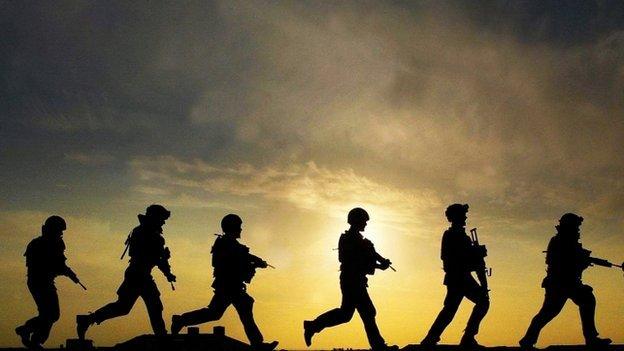
- Published23 November 2015
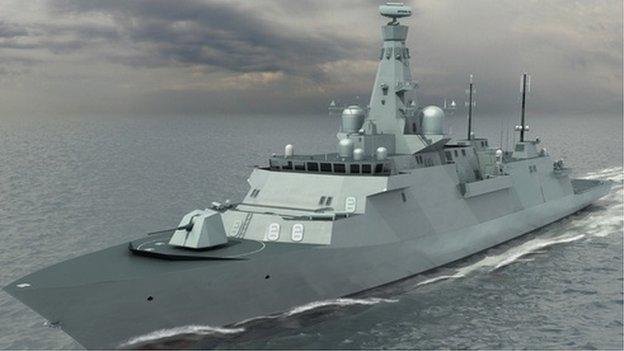
- Published22 November 2015

- Published23 November 2015
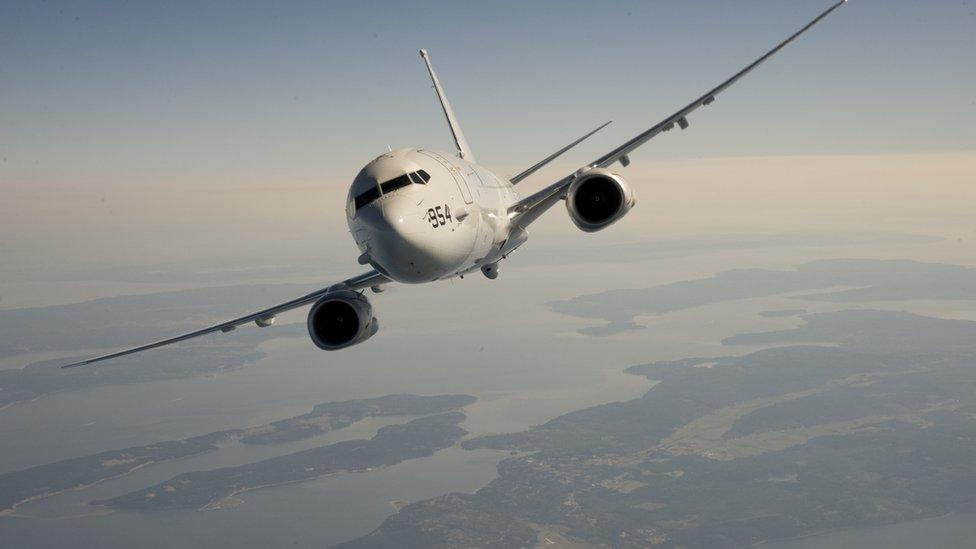
- Published22 November 2015
